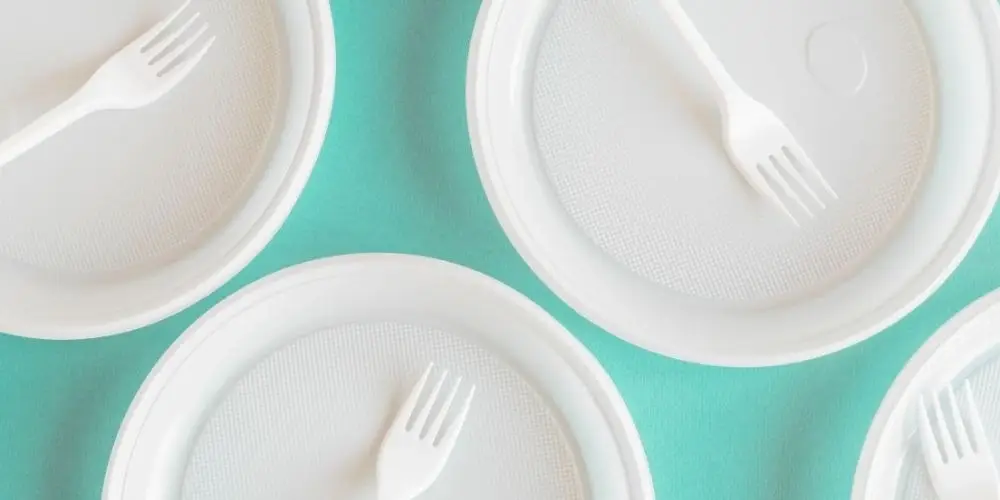
Sustainability in product design is crucial as it addresses the long-term impacts of products on the environment. By integrating sustainable practices, designers can reduce waste, conserve resources, and create products that are eco-friendly throughout their lifecycle. The emergence of round plastic food containers as a sustainable option is noteworthy. Their design maximizes space efficiency and material use, leading to less waste. Made from recyclable materials, these containers support the circular economy, where products are reused and recycled, rather than discarded.
Traditional food containers, often single-use plastics, pose dire environmental and health risks. Their production and disposal contribute to pollution and wildlife harm, while chemicals like BPA affect human health. A shift to sustainable alternatives is crucial.
Environmental Impact of Single-Use Plastics
Traditional food packing containers, often made from single-use plastics, pose a significant environmental challenge. These plastics are typically derived from non-renewable fossil fuels and can take over a thousand years to decompose. The production process itself is carbon-intensive, contributing to greenhouse gas emissions. Once discarded, these plastics often end up in landfills or, worse, in oceans and other natural habitats, where they can cause severe harm to wildlife. An estimated 33 billion pounds of plastic enter the marine environment every year, leading to the ingestion or entanglement of marine life in plastic waste.
Health Concerns Associated with Plastic Waste
The health implications of traditional plastic food containers are equally concerning. Chemicals used in the production of plastics, such as BPA and phthalates, are known endocrine disruptors. These chemicals can leach into food and beverages and have been linked to a range of health issues, including hormonal imbalances, reproductive problems, and increased cancer risk. Workers in the plastic production and recycling industries are also at increased risk of various diseases, including lung cancer and cardiovascular disease. Moreover, microplastics, which result from the breakdown of larger plastic pieces, have been found in human tissues and are a growing concern for public health.
In light of these issues, there is a growing movement towards sustainable and low-waste alternatives for food packaging containers. By opting for reusable, biodegradable, or compostable options, we can mitigate the environmental and health impacts associated with traditional plastic containers.
Embracing sustainability, round plastic food containers are revolutionizing the way we store food. Designed with eco-friendliness in mind, these thinwall containers balance durability with minimal environmental impact, making them an ideal choice for conscious consumers seeking low-waste alternatives.
Round plastic containers, particularly those designed as thinwall food containers, offer several sustainable features:
When it comes to materials, eco-friendly options for thinwall food containers include:
Incorporating these materials and design features, round plastic food containers can be a part of a sustainable and low-waste approach to food storage.
Round plastic containers offer a sustainable storage solution, excelling in durability and versatility. Their robust design ensures long-term reuse, reducing waste. Ideal for various uses, they simplify food storage with their convenience and adaptability, making them indispensable in eco-conscious kitchens.
Round plastic containers for food storage offer a practical solution for keeping food fresh and secure while also being a sustainable option due to their durability and reusability. Their convenience and versatility make them an essential item in any kitchen.
Round plastic food containers, often referred to as food container boxes, play a significant role in promoting a sustainable and low-waste lifestyle. Here’s how:
Incorporating round food container boxes into daily life not only aids in managing food consumption but also supports the recycling infrastructure, making them a practical choice for those looking to minimize their environmental footprint.
When discussing the challenges and considerations for round plastic food containers, especially from the perspective of a plastic container manufacturer, several key points emerge:
Challenges and Considerations:
For a plastic container manufacturer, these challenges necessitate a shift towards more sustainable practices and the exploration of innovative materials and designs that align with environmental goals and consumer expectations.
In summary, round plastic food containers represent a significant step towards sustainable living. They are designed to be durable, reusable, and recyclable, aligning with the principles of a low-waste lifestyle. We encourage readers to consider the environmental impact of their choices and to opt for sustainable options like round containers to help create a greener future. Let’s embrace sustainable habits that will benefit both the planet and future generations.